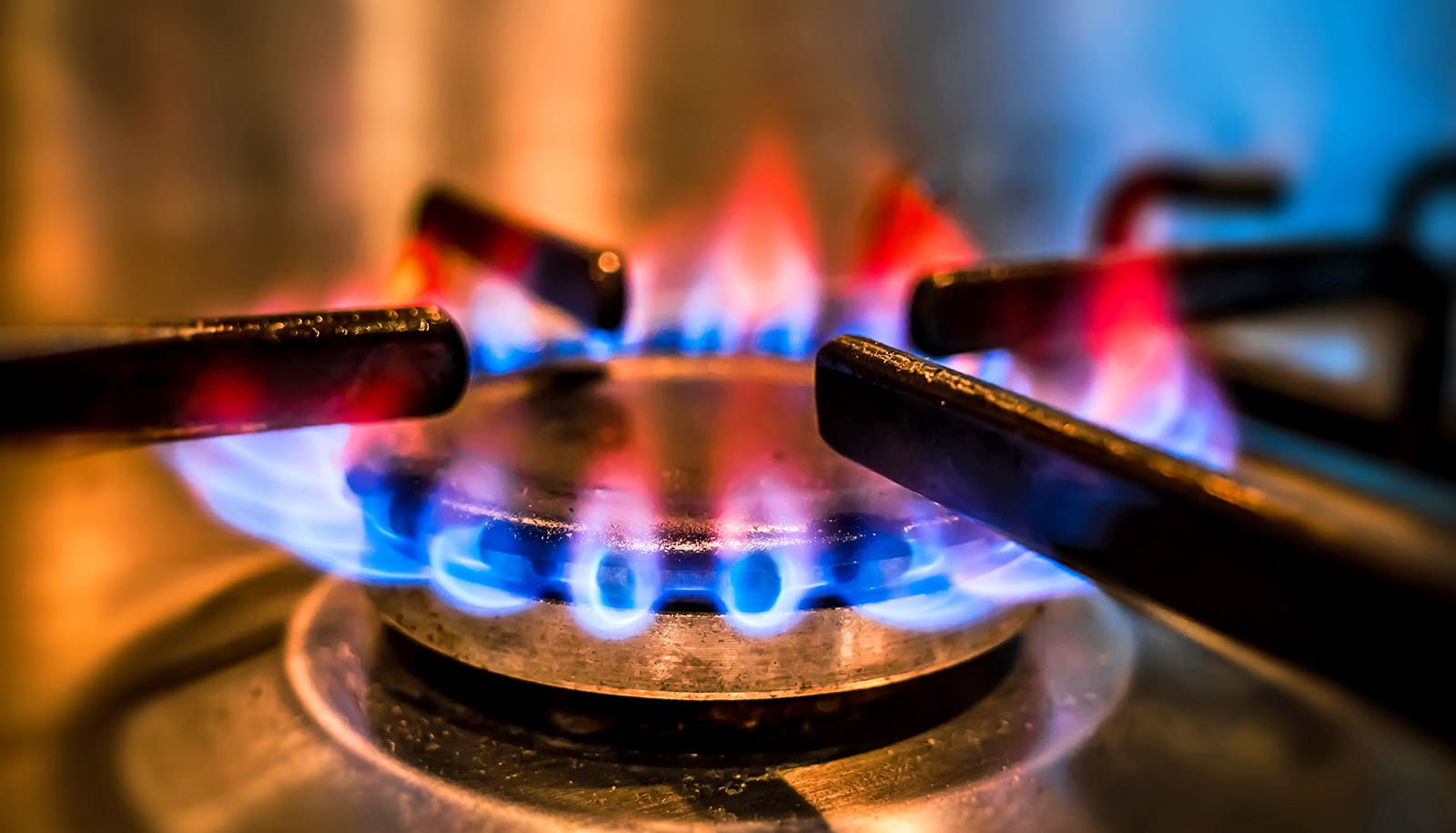Researchers have developed a way to estimate and predict the concentration of particulate matter produced during stir-frying more accurately.
Stir-frying emits an invisible mixture of gases and particles that pollute indoor air and can be detrimental to human health. Correctly estimating such cooking emissions in a variety of settings is critical for simulating exposure and informing health guidelines aimed at keeping people safe.
“This new method utilized detailed particulate measurement data to develop a model that incorporates the dynamic changes in concentration and composition of particles as emissions from cooking move from where cooking happens to other areas of our indoor spaces. With this improved model, we can better understand the potential of exposure to cooking emissions in homes or commercial cooking areas,” says Peter DeCarlo, an associate professor of environmental health and engineering at Johns Hopkins University.
The team’s results appeared in Environmental Science & Technology.
Stir-frying originated in China during the 14th century. Nowadays, billions of people worldwide use it as a quick, easy, and relatively healthy way to prepare a meal. However, cooking food this way—in sizzling oil in a hot wok or other pan—causes tiny particles of the oil and other chemicals in the food to become suspended in the air. These particles contain a broad range of organic materials, including triglycerides, fatty acids, and proteins, as well as a variety of chemicals and compounds that emerge when substances are exposed to heat and hot oil.
Other chemical compounds resulting from stir-frying are emitted directly as gases and some chemicals can move between the gas phase and particles based on how volatile they are.
Numerous studies have shown that exposure to outdoor particulate matter can contribute to cardiovascular and respiratory illnesses. Whether indoor—and, specifically, cooking-related particulate matter—has the same impact is still an unanswered question.
DeCarlo’s team conducted detailed measurements of the composition of the cooking particles resulting from stir-frying a variety of vegetables in soybean oil in a nonstick wok or cast-iron skillet on both electric and gas stoves during repeated cooking sessions over a day. Using real-time measurements of particle concentrations and chemical composition, the team identified two main types of emissions: one dominant type chemically similar to cooking oil and a second one chemically similar to particles from burning wood containing partially burned sugars, which were likely from the cooking of vegetables and stir-fry sauce.
The two-zoned computer model the team developed to simulate the data from these experiments was meant to match conditions in a University of Texas at Austin laboratory “house,” where a 2018 collaborative field study called the House Observations of Microbial and Environmental Chemistry (HOMEChem) campaign probed how everyday activities influence the emissions, chemical transformations, and removal of trace gases and particles in indoor air.
When past models noted that air pollution levels were higher than expected even after cooking stopped and stovetops were turned off, the assumption was that even though the action of cooking had stopped, emitted particles and gases were static and lingered.
DeCarlo and the team recognized that this was an error and that natural thermodynamics—how particles and gases dissipate as air moves—can cause concentrations and the composition of pollutants to change, once the cooking is over.
“We know that cooking emissions move throughout an indoor space, that’s why you can smell what someone is cooking from a few rooms away. What we’ve done with this model is better characterize how thermodynamics changes the composition as those cooking particles as they spread throughout a space,” DeCarlo says.
The new model not only provides details and estimates on pollution levels, airflow patterns, and particle concentrations in homes and buildings—where individuals and families could be affected—but also can be used as input data to assess potential exposures and risks at a larger, population level.
“While this detailed model can better characterize potential exposure to cooking-related emissions in indoor spaces, guidelines and public health recommendations remain the same. Ventilation of cooking emission to the outdoors is the best way to reduce exposure while air filtration and other measures also aid in reducing people’s exposure inside homes and businesses,” DeCarlo says.
Source: Johns Hopkins University



